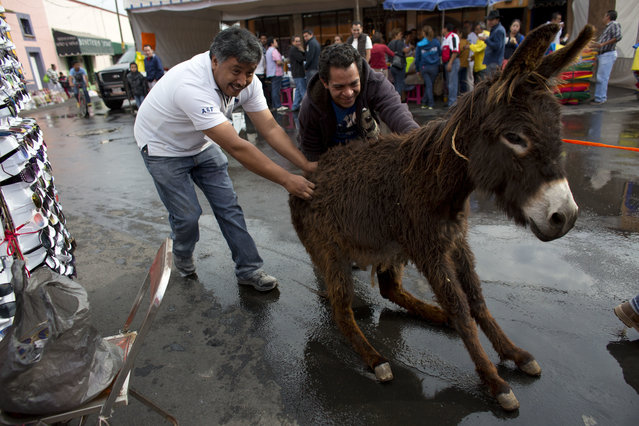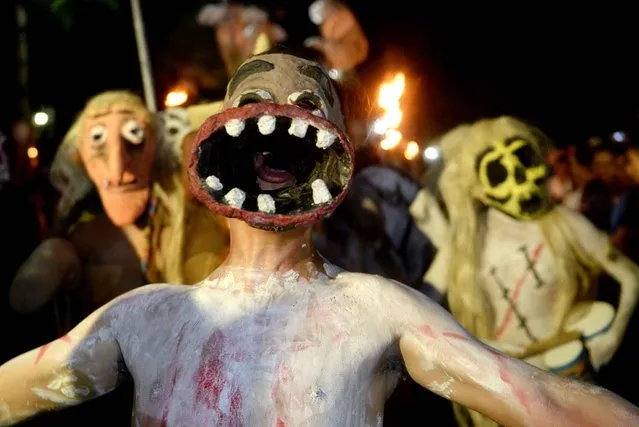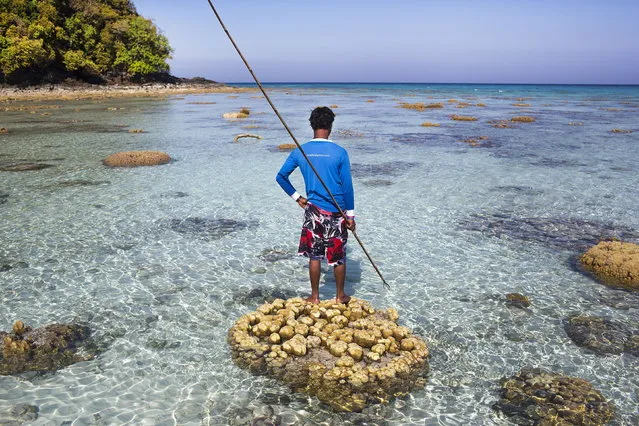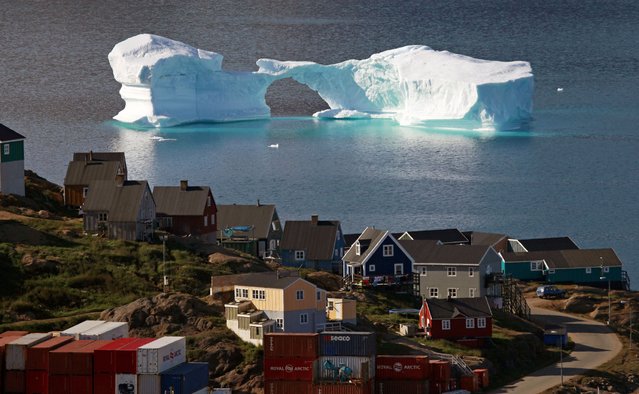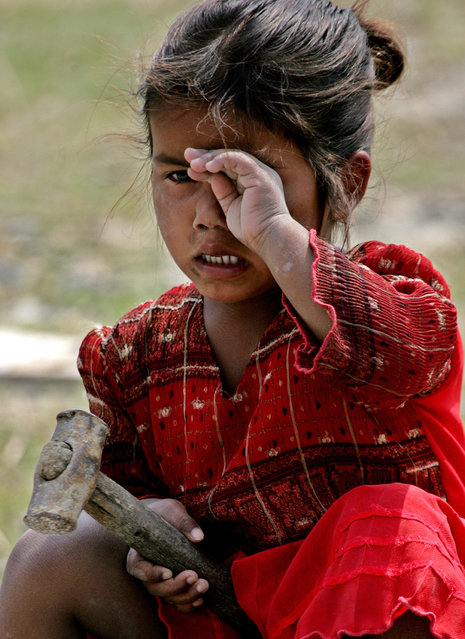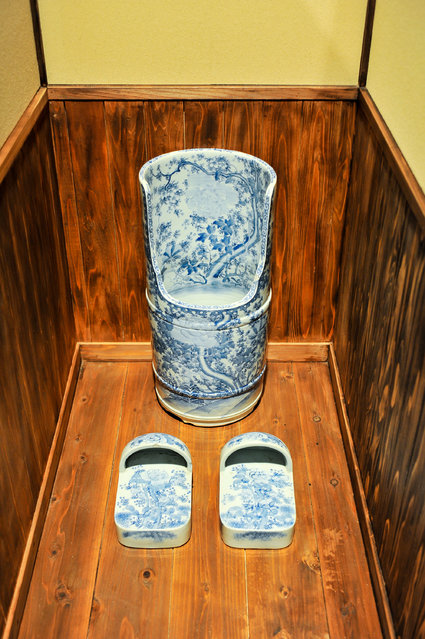
Cardboard cut outs of the faces of three candidates for the Republican nomination for the 2016 US Presidential election (L-R) Ted Cruz, Donald Trump and Marco Rubio, are seen set up on urinals in a pub in London on March 1, 2016 as part of an informal poll for customers to log which they dislike the most. Part of the satirical television show The Last Leg, customers at the pub are able to choose which urinal to use and then log their poll on a list on the wall afterwards. (Photo by Justin Tallis/AFP Photo)
02 Mar 2016 13:41:00,post received
0 comments


